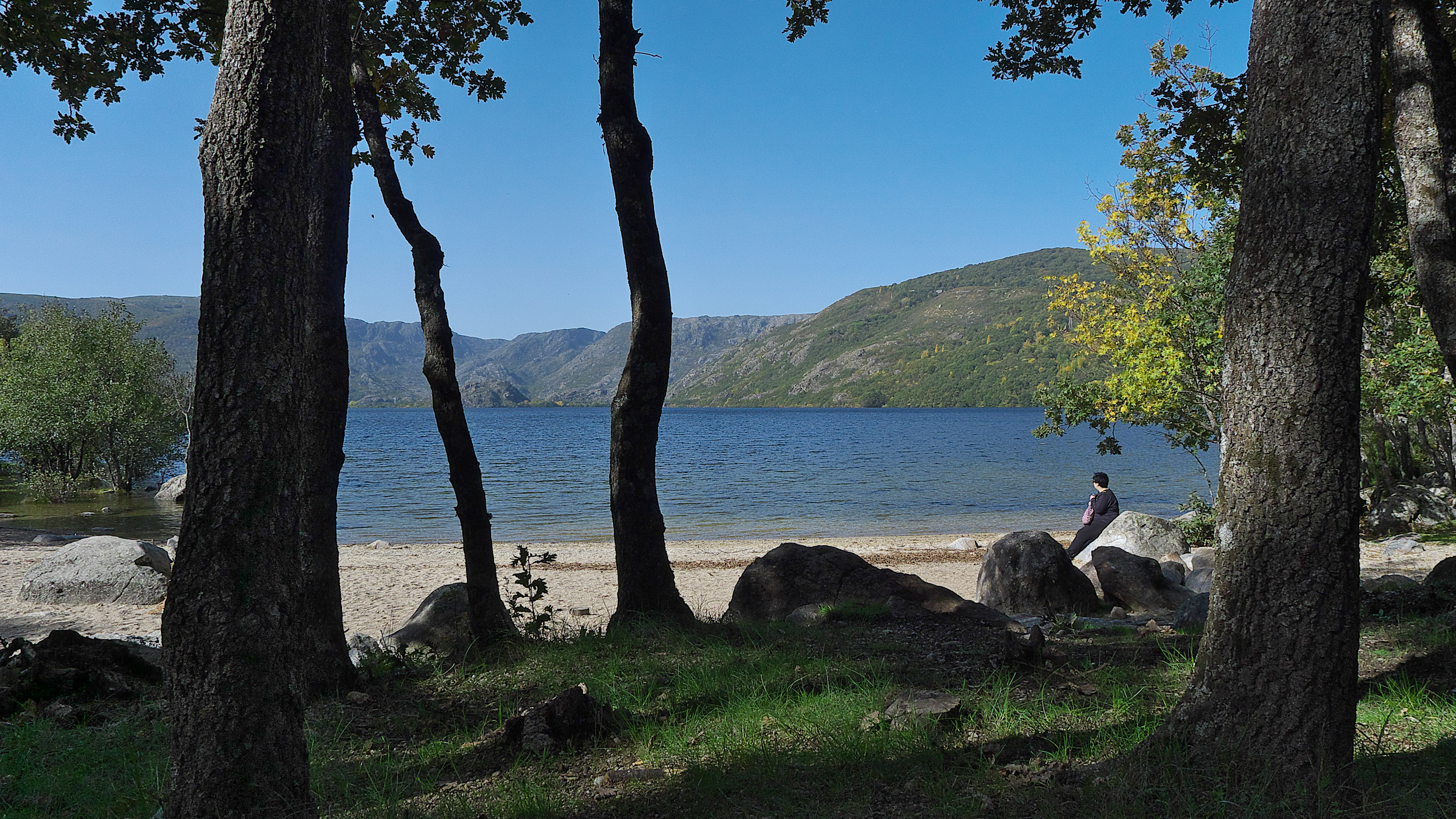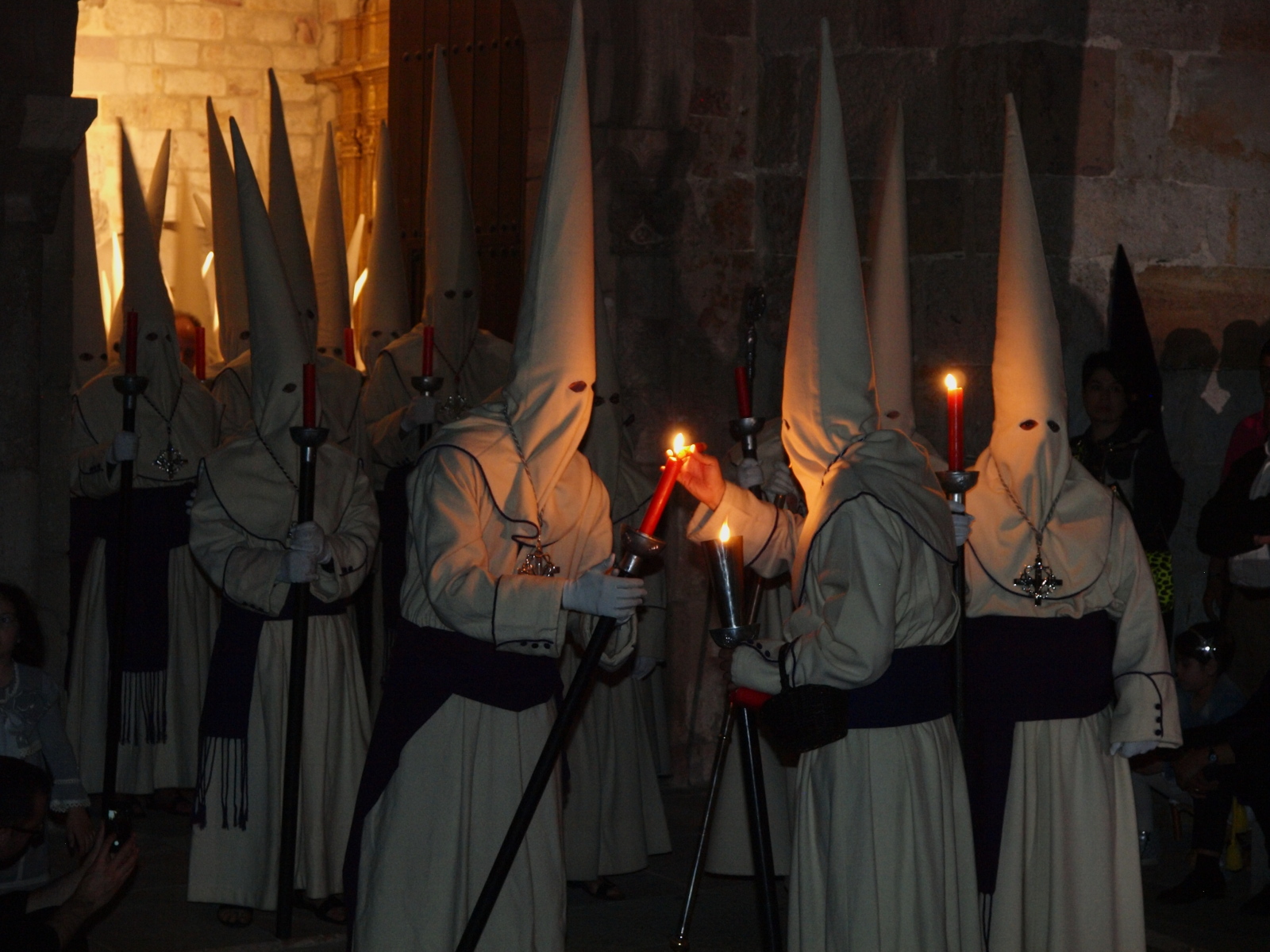Province Of Zamora on:
[Wikipedia]
[Google]
[Amazon]
Zamora () is a province of western Spain, in the western part of the autonomous community of





 The Province of Zamora is in northwestern Spain where it borders on Portugal, which lies to the southwest. To the west lies the
The Province of Zamora is in northwestern Spain where it borders on Portugal, which lies to the southwest. To the west lies the
Colors=
id:lightgrey value:gray(0.9)
id:darkgrey value:gray(0.7)
id:sfondo value:rgb(1,1,1)
ImageSize = width:600 height:auto barincrement:30
PlotArea = left:40 bottom:40 top:20 right:20
DateFormat = x.y
Period = from:0 till:320
TimeAxis = orientation:horizontal
AlignBars = late
ScaleMajor = gridcolor:darkgrey increment:50 start:0
ScaleMinor = gridcolor:lightgrey increment:10 start:0
BackgroundColors = canvas:sfondo
PlotData=
color:skyblue width:20 shift:(-50,-5) fontsize:M anchor:till
bar:1877 from:0 till:253 text:252,604
bar:1887 from:0 till:273 text:272,681
bar:1900 from:0 till:280 text:280,434
bar:1910 from:0 till:290 text:289,958
bar:1920 from:0 till:291 text:290,877
bar:1930 from:0 till:290 text:290,213
bar:1940 from:0 till:303 text:302,861
bar:1950 from:0 till:316 text:316,493
bar:1960 from:0 till:309 text:309,142
bar:1970 from:0 till:259 text:258,527
bar:1980 from:0 till:228 text:227,771
bar:1990 from:0 till:214 text:213,668
bar:2000 from:0 till:199 text:199,090
bar:2010 from:0 till:192 text:191,613
bar:2020 from:0 till:171 text:170,588
TextData=
pos:(35,20) fontsize:M
text:"Source: Instituto Nacional de Estadística, INE"
Official website
{{DEFAULTSORT:Zamora, Province of
Castile and León
Castile and León ( es, Castilla y León ; ast-leo, Castiella y Llión ; gl, Castela e León ) is an autonomous community in northwestern Spain.
It was created in 1983, eight years after the end of the Francoist regime, by the merging of the ...
. It is bordered by the provinces of Ourense, León, Valladolid, and Salamanca, and by Portugal.
The present-day province of Zamora was one of three provinces formed from the former Kingdom of León in 1833, when Spain was reorganized into 49 provinces. Of the 174,549 people (2018) in the province, nearly a third live in the capital, Zamora. This province has 250 municipalities.
Geography





 The Province of Zamora is in northwestern Spain where it borders on Portugal, which lies to the southwest. To the west lies the
The Province of Zamora is in northwestern Spain where it borders on Portugal, which lies to the southwest. To the west lies the province of Ourense
Ourense (in Spanish, ''Orense'') is a Spanish province, in the southeastern part of the autonomous community of Galicia. It is bordered by the provinces of Pontevedra to the west, Lugo to the north, León and Zamora, (which both belong to ...
, to the north lies León, to the east lies Valladolid, and to the south lies Salamanca. The River Esla rises in the Cantabrian Mountains
, etymology=Named after the Cantabri
, photo=Cordillera Cantábrica vista desde el Castro Valnera.jpg
, photo_caption=Cantabrian Mountains parallel to the Cantabrian Sea seen from Castro Valnera in an east-west direction. In the background, t ...
in the north and flows southwards through the province before joining the River Douro
The Douro (, , ; es, Duero ; la, Durius) is the highest-flow river of the Iberian Peninsula. It rises near Duruelo de la Sierra in Soria Province, central Spain, meanders south briefly then flows generally west through the north-west part o ...
(Spanish: el Duero) which then forms part of the boundary with Portugal. The Esla is the largest tributary of the Duero and where they join, discharges a greater quantity of water than that discharged by the Duero. The capital of the province is Zamora which is situated in the south of the province on the banks of the Duero.
The province has a total area of . Its economy is largely agricultural and it has a tradition of sheep rearing, producing a large proportion of Spain's merino wool.
Population
The historical population is given in the following chart:History
A megalithic culture developed in this region of Spain, particularly around Aliste, and there are many remaining signs of the presence of various cultures over the years. Salt mining took place at Villafáfila, stone forts were built on fertile plains and near rivers, and others were built in the vicinity of mines wherevariscite
Variscite is a hydrated aluminium phosphate mineral (). It is a relatively rare phosphate mineral. It is sometimes confused with turquoise; however, variscite is usually greener in color. The green color results from the presence of small amounts ...
and iron ore were extracted. Rock paintings have been discovered and artefacts found include everyday pottery, tools, and gold and silver jewellery. In the Iron Age, Celtic tribes built forts surrounded by moats but they were pastoral people, living in small villages, and did not build cities. They left standing stones and dolmens.
The Romans first came to Spain in 218 BC, and over the next three centuries there were various conflicts as the Romans advanced into Celtic lands. The Romans built roads across the territory and in 1978 the Roman town of Requejo in Santa Cristina de la Polvorosa
Santa Cristina de la Polvorosa is a municipality located in the province of Zamora, Castile and León
Castile and León ( es, Castilla y León ; ast-leo, Castiella y Llión ; gl, Castela e León ) is an autonomous community in northwester ...
was revealed after erosion occurred following flooding of the area by the River Órbigo
, name_etymology =
, image = Union del Rio Omaña y Rio Luna.JPG
, image_size = 250px
, image_caption = The union of the rivers Luna and Omaña at this point form the Órbigo river
, map = Órbigo ...
. In 197 BC, Spain was divided into two provinces, Hispania Citerior and Hispania Ulterior, controlled by two separate Roman military forces. Zamora was in the latter region. Peace reigned until 155 BC when the Lusitanians attacked Hispania Ulterior. Two Roman defeats followed, and many other rebellions were sparked in the peninsula. The Romans eventually prevailed, and in 27 BC, subdivided the province of Hispania Ulterior into Hispania Baetica
Hispania Baetica, often abbreviated Baetica, was one of three Roman provinces in Hispania (the Iberian Peninsula). Baetica was bordered to the west by Lusitania, and to the northeast by Hispania Tarraconensis. Baetica remained one of the basic di ...
(modern-day Andalusia) and Lusitania
Lusitania (; ) was an ancient Iberian Roman province located where modern Portugal (south of the Douro river) and
a portion of western Spain (the present Extremadura and the province of Salamanca) lie. It was named after the Lusitani or Lus ...
, which included Zamora. When the Vandals invaded the province in the 5th century AD, the Roman Emperor Honorius sent his brother-in-law, the Visigoths
The Visigoths (; la, Visigothi, Wisigothi, Vesi, Visi, Wesi, Wisi) were an early Germanic people who, along with the Ostrogoths, constituted the two major political entities of the Goths within the Roman Empire in late antiquity, or what is kno ...
' king, to defeat the Vandals. The Visigoths seized control of most of Hispania and made Toledo the capital, while the Suevi occupied the northwestern part of the Peninsula and made their capital city Bracara
Braga ( , ; cel-x-proto, Bracara) is a city and a municipality, capital of the northwestern Portuguese district of Braga and of the historical and cultural Minho Province. Braga Municipality has a resident population of 193,333 inhabitants (i ...
. By 585 the Suevi had been conquered by the Visigoths who then controlled the whole peninsula..
Tourism
Zamora has many fine historic churches and buildings. These include a twelfth century Romanesque cathedral, many other churches, city walls, ancient houses and a castle. Pottery, textiles and wine are manufactured here. further north lies Benavente. It is famous for its Santa María church and the Castle of La Mota (now the Parador of Benavente). TheParador
A ''parador'' (), in Spain and other Spanish-speaking countries was an establishment where travelers could seek lodging, and usually, food and drink, similar to an inn. In Spain since 1928, a Parador is a state-owned luxury hotel, usually loca ...
was the home of Ferdinand II of León
Ferdinand II (c. 1137 – 22 January 1188), was a member of the Castilian cadet branch of the House of Ivrea and King of León and Galicia from 1157 until his death.
Life Family
Born in Toledo, Castile, Ferdinand was the third but second sur ...
who died here while returning from a pilgrimage to Santiago de Compostela. The Parador occupies the Caracol Tower, a sixteenth-century castle, part of the former walled enclosure of the town.
The ancient town of Toro lies beside the Duero to the east of Zamora. Ferdinand III of Castile was crowned King of León in the town in 1230 and his wife Elisabeth of Swabia
Elisabeth of Swabia (renamed Beatrice; March/May 1205 – 5 November 1235), was a member of the House of Hohenstaufen who became Queen of Castile and Leon by marriage to Ferdinand III.
Born in Nürnberg, Elisabeth was the fourth daughter of Phili ...
(Beatriz) died here. Notable features include the façade of the 'Palacio de las Leyes' and also the Santa María la Mayor collegiate church (known in Spanish as ''La Colegiata''). Legend has it that the wines of Toro were the first to reach America, being taken there by Christopher Columbus.
The town of Sanabria (or Senabria) is in the northeast of the province near the Sanabria Lake, one of the few large natural lakes in Spain, on the border with Galicia. It has been declared a Historic and Artistic centre. The lake is now part of Sanabria Lake Natural Park, having been declared a Natural Park in 1978.
Fermoselle
Fermoselle is a small medieval village located in the province of Zamora, western Spain, and is part of the region of Castile and León in the south-west region of the province. It has a population of fewer than 1500.
The village of Fermoselle ...
is a medieval village located on the border with Portugal and on the edge of the Arribes del Duero Natural Park. Arribes is the name for the gorges through which the Duero and other rivers in this region flow. The steep slopes have long been terraced for the production of grapes, olives and other fruit.
Near the municipality of Villafáfila are lagoons that now form part of a nature reserve. They were formed by the historic mining of salt which started in the copper age and Bronze Age. Pottery items found here are similar to artefacts found in Mesopotamia, Turkey, Bosnia, Romania and Poland. The lagoons are home to numerous species of birds, and this is the second largest wetland reserve in Spain after Doñana National Park.
See also
* List of municipalities in Zamora * Kingdom of LeónReferences
External links
Official website
{{DEFAULTSORT:Zamora, Province of